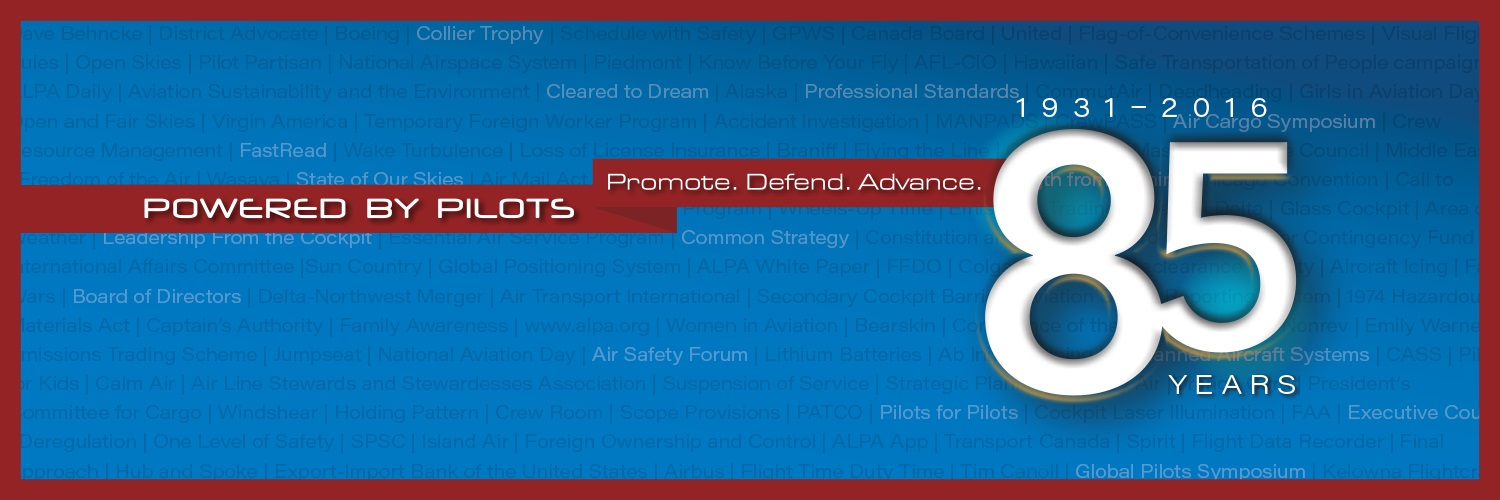Leadership From the Flight Deck
In the mid 2000s, Airbus rolls out its A380 “Superjumbo,” a massive double-decker widebody that includes cockpit avionics and controls that feature full-size keyboards and wireless Ethernet connectivity.
In the 1990s, the short-haul Cessna Caravan enters service, quickly gaining popularity for being able to operate in small and remote areas, and the Canadair Regional Jet, quickly followed by new aircraft designs from Embraer, changed the industry by making point-to-point travel more economical and popular, creating a new class of aircraft.
In 1970, the Boeing 747 becomes the first widebody passenger aircraft to enter service. It is designed for efficiency and comfort, with extra cargo space, twin aisles in the cabin, and a partial second level for passengers. With four engines, the 747 requires more gauges, switches, circuit breakers, and lights in an already cramped cockpit.
In 1949, North America’s first jetliner, the Avro Canada C102, debuts. It never goes into mass production, but it sparks intense interest among the flying public in the speed of air travel by jet.

In 1967, Boeing unveils the 737, a ubiquitous twin-engine narrowbody that is still in production today.
Early 737s require a three-person crew due in part to ALPA policies, but the flight engineer position is eventually eliminated after a joint FAA/Boeing flight crew of only two flies numerous scenarios in the Boston, Mass.–Washington, D.C., corridor, including approaches to minimums, go-arounds, diversions, simulated instrument failures, and crew incapacitation.
In July 1931, 24 “Key Men” founded the Air Line Pilots Association with one goal: to advance aviation safety. Today, ALPA is the largest airline pilot union in the world, with more than 53,000 pilots at 31 airlines in the United States and Canada. Our pilots safely transport hundreds of thousands of passengers and tons of cargo around the world every day.
In recognition of our 85th anniversary this week, we’ll be highlighting a handful of key aircraft that helped revolutionize the airline industry since ALPA was founded, taking an upfront look at a how pilots’ “front offices” have changed over the years, and how ALPA has helped make them safer.



